Why do hurricanes have names?
- Published
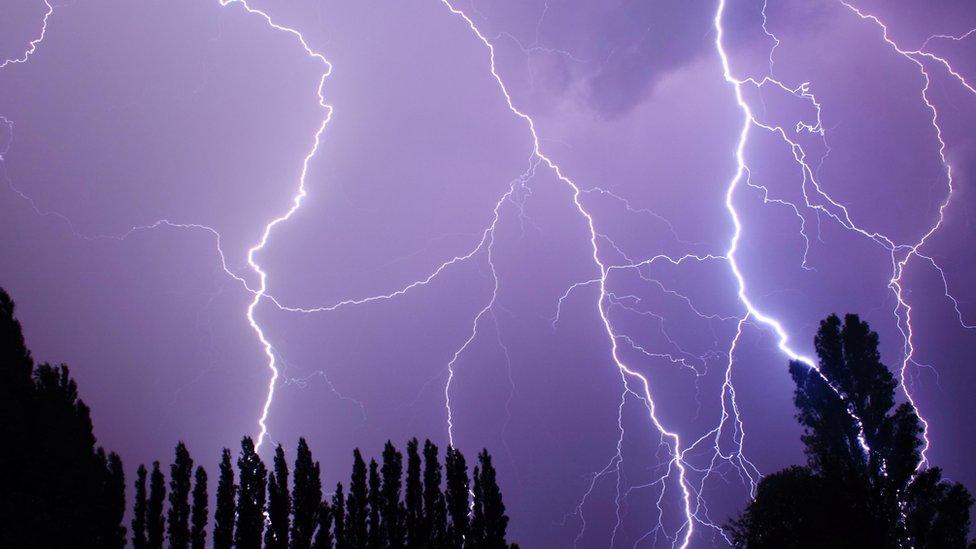
Does this storm look like a Steve? Or more of a Nigel?
Huge storms are often in the news but have you ever wondered why they have names and how they are decided?
Well, tropical storms like hurricanes, cyclones or typhoons last a long time and are given names so scientists can keep track of them.
They used to be tracked by the year they happened. But in some places there can be 100 storms in 12 months, so names make them much easier for experts to tell them apart.
In the UK, names have only been used for storms for the last four years.
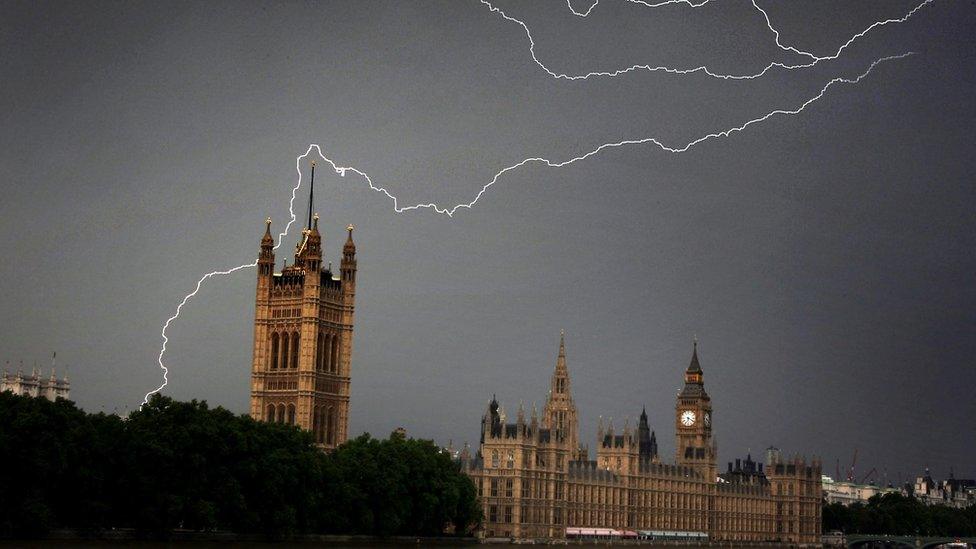
Giving storms names makes it easier to keep track of them on social media and give people more time to get to safety
The Met Office says naming big storms means people are more aware of them and how dangerous they can be.
Who makes the name decisions?
There are regular meetings of weather scientists around the world to decide on new names for the next year.
Names of storms which cause a lot of damage are never used again.
In the UK, the Met Office asks the public to suggest names.
How big do the storms have to be?
Not all storms will be big enough to get names - only those expected to cause significant damage.
Which storm name will be picked first?
Storms are named in alphabetical order.
The first storm of a year will have an A name, like Hurricane Alice or Typhoon Andrew. The next one gets a B name, and so on.
There is a name for each letter of the alphabet - but Q, U, X, Y and Z are not included.
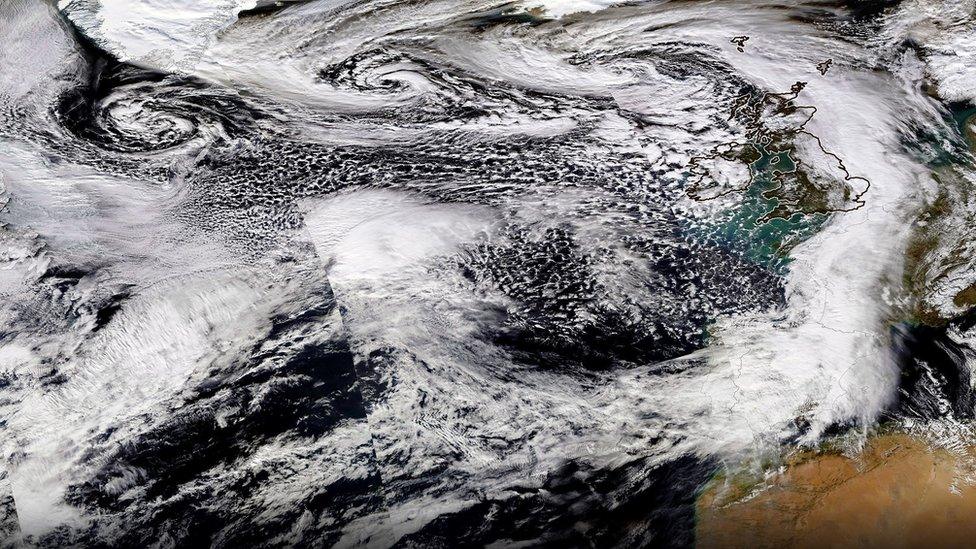
Brian, Maeve and Niall were on the list of 21 storm names announced in the UK for the 2017-18 season.
Five storms were named in the UK last season, from Angus in November 2016 to Ewan in February 2017.
Who decides if they're named after girls or boys?
Storms take it in turns to have girls' or boys' names.
Originally storms were only given female names, but in 1979, male names were introduced.
- Published2 July 2015
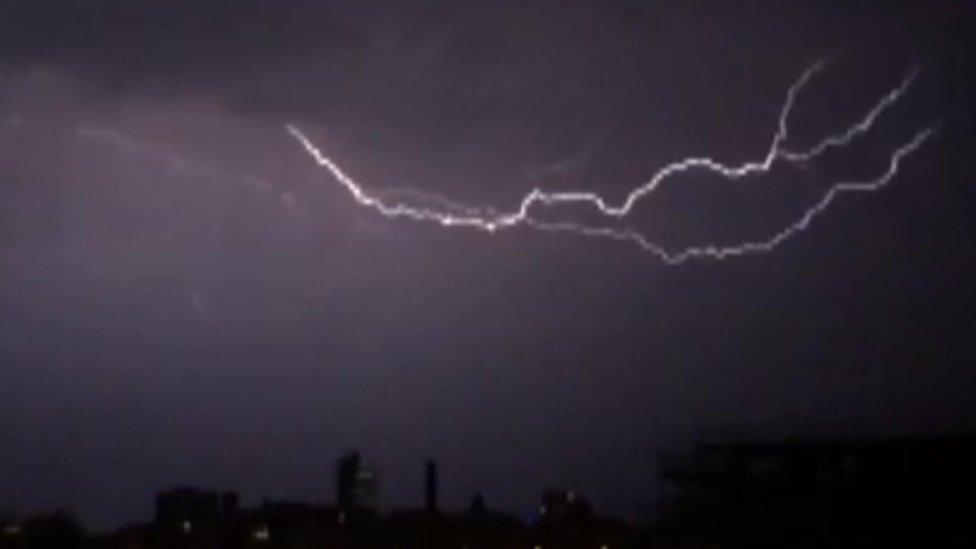
- Published10 June 2015
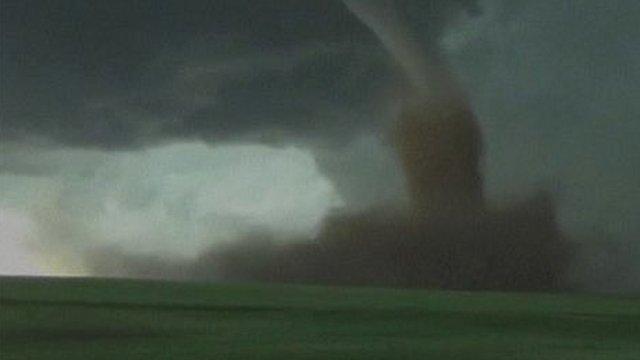
- Published31 August 2023
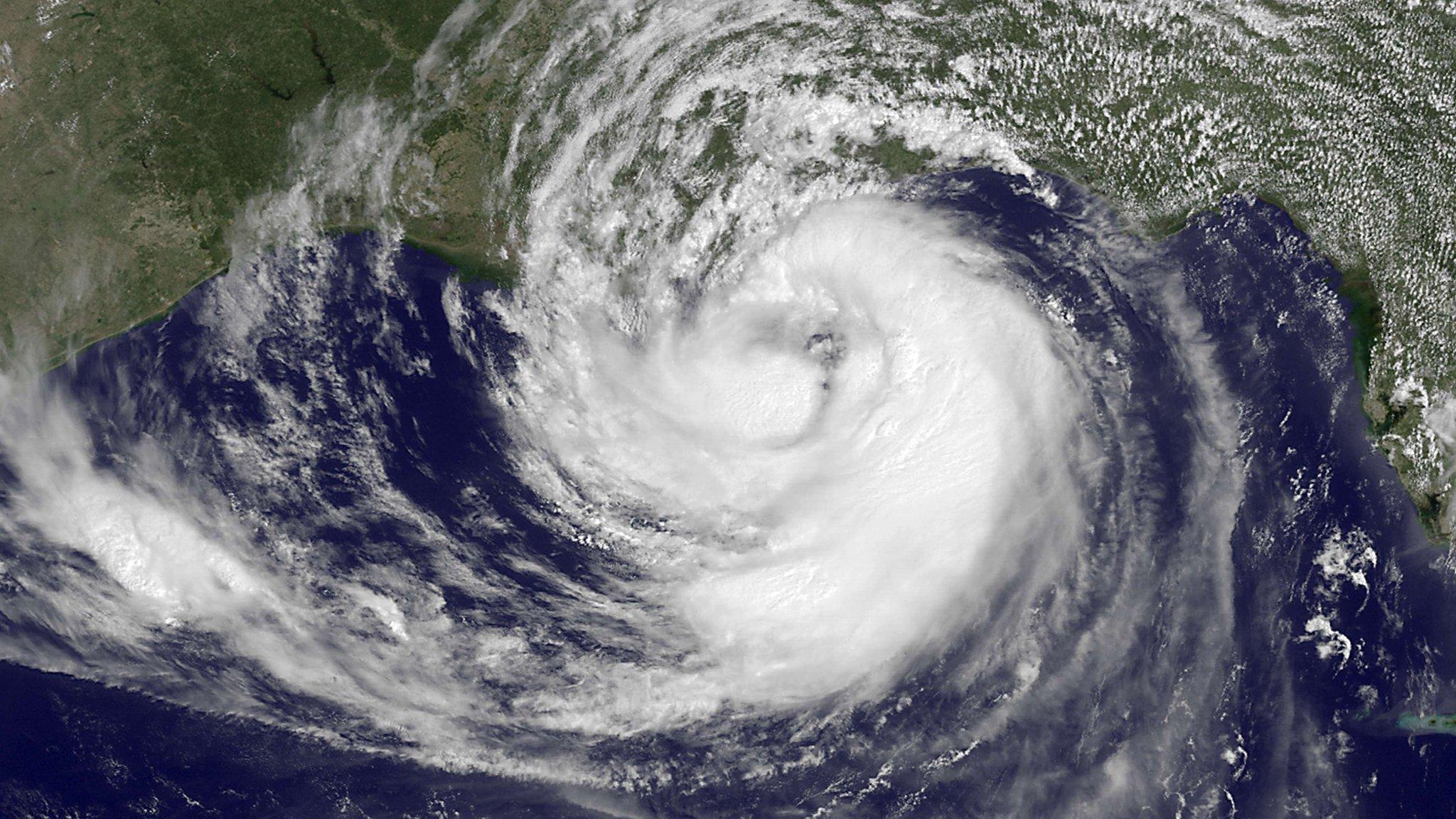
- Published2 July 2015
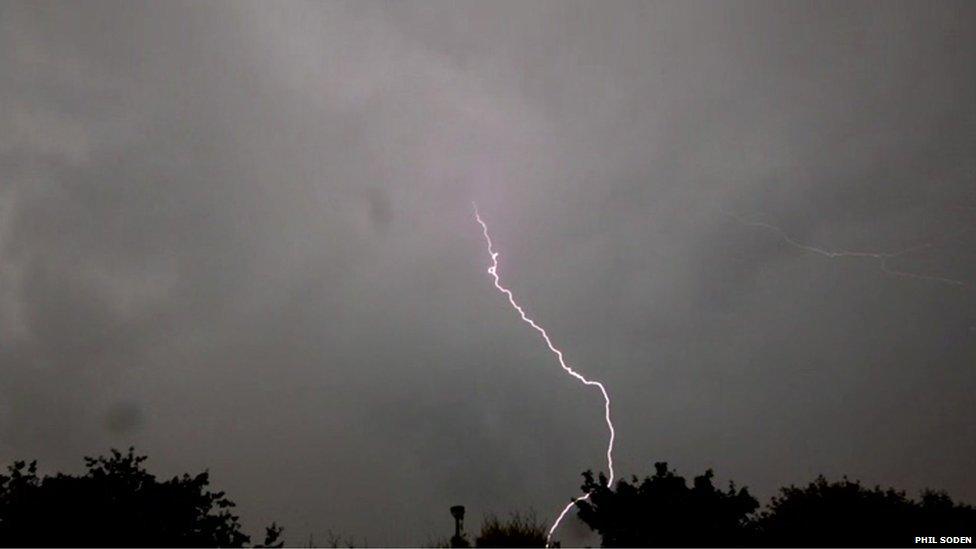
- Published26 May 2015

